anniefogg
TPF Noob!
- Joined
- Apr 7, 2011
- Messages
- 25
- Reaction score
- 0
- Location
- Maine
- Can others edit my Photos
- Photos OK to edit
Hi all-I am NOT into photography, but have an online shop that needs to have good photo's to sell my creations. You all helped me before, and so I am hoping you can help me again. I dye wool fiber to sell to handspinners, and so the colors are what I am really selling. I took a color class and they said it is easier to see a true hue with a black background (they were NOT talking about photo's but IRL) so I thought I would just try a black background for my fiber, but I just can't tell-if anyone could let me know their thoughts on this.




The background on my website is white, and so often when I do a white background it looks a bit 'off', but I am not sure if I like how the black looks either. I have a light box, and use 4 100 watt natural bulbs through a white sheet and then 2 100 watt bulbs aimed at the white box ceiling to reflect light, and I do pre set my white balance. Let me what you think, thanks




The background on my website is white, and so often when I do a white background it looks a bit 'off', but I am not sure if I like how the black looks either. I have a light box, and use 4 100 watt natural bulbs through a white sheet and then 2 100 watt bulbs aimed at the white box ceiling to reflect light, and I do pre set my white balance. Let me what you think, thanks


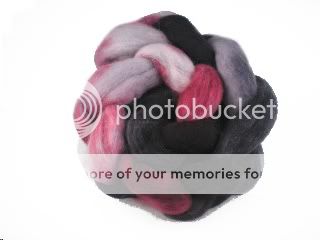




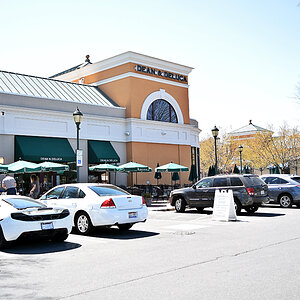
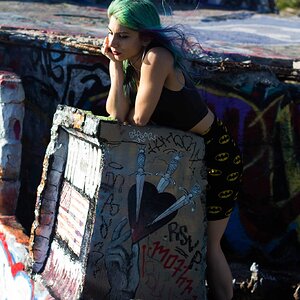
![[No title]](/data/xfmg/thumbnail/36/36665-7c494bf98537fba5ac87ac5ad6bda658.jpg?1619737676)
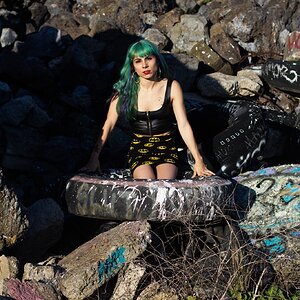
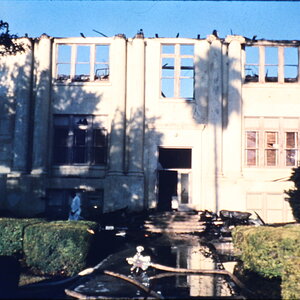
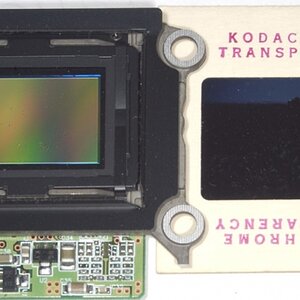
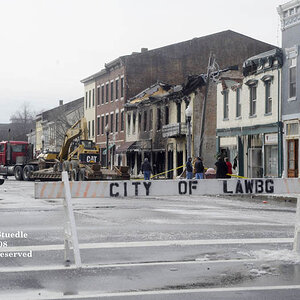
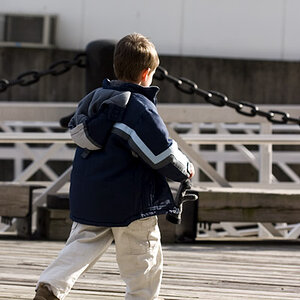
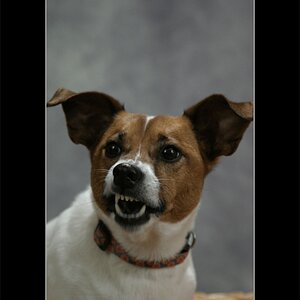
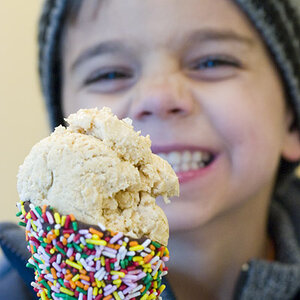
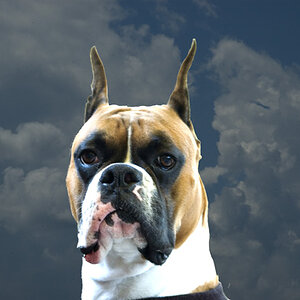
![[No title]](/data/xfmg/thumbnail/37/37537-25afab1a7980214af6067df3c997c353.jpg?1619738132)